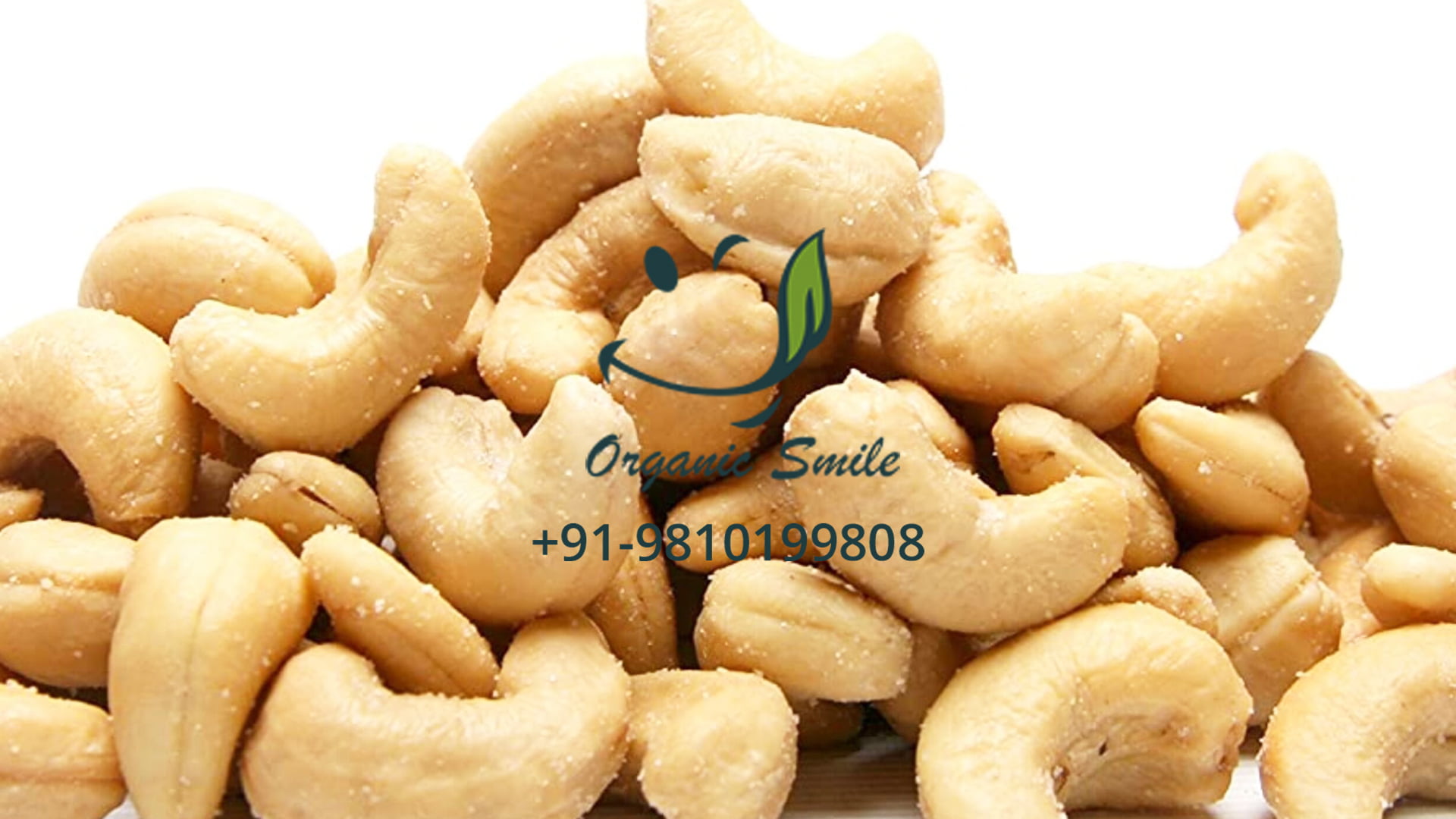CASHEW NUTS


The cashew tree is a tropical evergreen tree native to South America in the genus Anacardium that produces the cashew seed and the cashew apple accessory fruit. The tree can grow as tall as 14 metres, but the dwarf cultivars, growing up to 6 m, prove more profitable, with earlier maturity and greater yields.
A popular ingredient finding its way into many Indian gravies, cashew – a plant originating from Brazil, is a nut high in minerals. Brought to India by traders, the cashew tree grows up to exceptional heights having a rather irregular trunk. Hanging from the branches are large juicy apples at the bottom of which are attached the cashew nut. Made available round the year, the nut has a great shelf life if stored properly.




The nut and the fruit, both have multiple uses. The nut, often known as the poor man’s plantation although now it is sold for steep prices, is used to make delectable and rich curries and also roasted and eaten dry. They are an intrinsic part of our festive celebrations too. Just imagine how incomplete Diwali celebrations would be without ‘kaju ki barfi’. Back when nomads had no idea how to consume the fruit, the nut was discarded while the fruit was given more importance. A book written by SP Malhotra, World Edible Nuts Economy, points out, “Natives also knew of many medicinal uses for the apple juice, bark and caustic seed oil that were later exploited by the Europeans.”




Harvesting of cashew nuts is extremely labor-intensive. The entire crop does not ripen at one time, and harvesting may extend over a period of 40–75 days. ideally the nuts should be allowed to fall (with the apple attached) when perfectly mature. Some people unwisely shake the branches to bring them down or knock them off with a pole. This results in slightly immature nuts of high moisture content being mixed with partly dried mature nuts and makes it impossible to assure uniform drying, thereby adversely affecting all subsequent steps in processing. In Brazil, cashews are plucked from the tree only if perfect apples are desired for dessert use. If allowed to fall, the apple will remain in good condition on the ground for 2–3 days.
